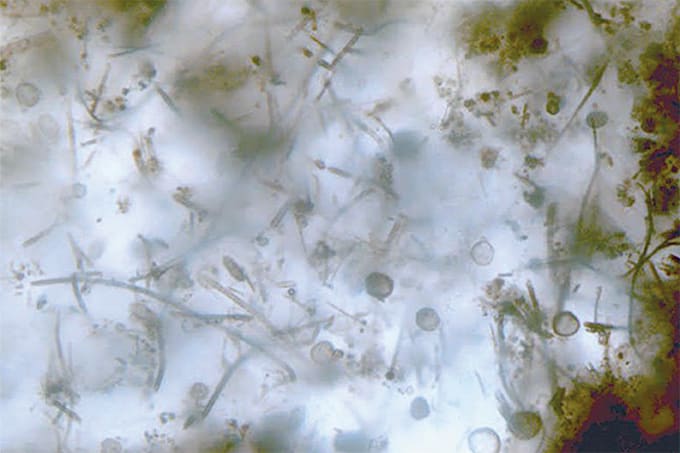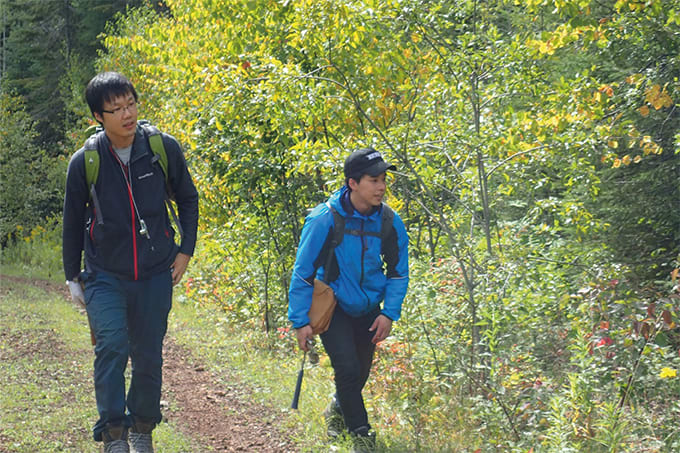Every year at ASMS we host a forensics workshop. Many of the conference attendees are from academia and industry, so we try to make sure we have practitioners on the panel for balance; this year, we had representatives from the DEA (Drug Enforcement Administration), the FDA (Food & Drug Administration) forensics labs, and the Dallas County Crime Investigation Lab – Glen Jackson (read more) provided an academic perspective on the panel. This year, much of the discussion centered around the need for the field to move forward and make use of the exciting new tools that are now available to us in forensic identification. In forensic drug analysis, GC-MS is the gold standard – and has been for a long time. When I first got to run GC-MS, I thought it was so fascinating that you can take a complicated mixture and find out everything that’s in there with very little effort. But one technique can’t do everything. For example, some designer drugs are very closely related compounds, such as ring-substituted isomers. These can be difficult to distinguish with mass spectrometry. What we don’t yet have is a measure of how confidently we have identified a drug based on a spectrum. GC-MS has been around long enough that experience dictates identification with those spectra is definitive, but there aren’t established statistical measurements to put a number to that.
This is also an issue in adoption of the exciting techniques coming up in mass spectrometry (MS), particularly in ambient mass spectrometry (AMS) – for example, DART-MS (direct analysis in real time). There’s an inertia in forensics when it comes to adoption of new technologies – and perhaps for good reasons. First, cost has to be considered. Forensic science is largely taxpayer-funded, and nobody wants to pay taxes. In the workshop, some delegates suggested using accurate mass instruments with fragmentation – but others pointed out that no one in forensics can afford the technology required (though in the long run it saves money because it cuts back on time and labor). In the US, the FBI has the high-resolution instruments capable of fragmentation, such as the Thermo Q Exactive, as do federal FDA labs – but state labs don’t have that kind of equipment.
The second concern when adopting new technology is validation. With these new techniques, how confident are we in the identification? Are they definitive techniques, or better suited to screening? DART has taken off in drug identification, but at the moment it can only be used as a screening technique, with GC-MS used for confirmation. Validation plays a big part – when you go to court you have to have some sense of how certain you are. And that brings us to the third ‘barrier’ that emerged in the workshop. Forensics is unique in that it’s so applied, but the transition from academia/research into practice is challenging because our adversarial court system makes the stakes so high. Because of this there can be a big divide between those doing research, and those on the ‘frontline’ of forensics.
To the audience at ASMS, made up chiefly of academic and industrial research scientists, practitioners look very conservative (the word ‘overkill’ comes up a lot!). These researchers get understandably frustrated when their new techniques and products are adopted by other sectors, while forensics labs stick with older technology. In contrast, practitioners may think researchers don’t appreciate the high threshold of evidence required in the courts. They admit that theirs is a conservative community, but there’s a good reason – the scientist who’s doing the analysis may at some point have to sit up on the stand and face cross-examination by hostile lawyers. They have to have ‘overkill’ data to defend themselves; in most other situations, you’re not going to have people challenging your science for the sake of it. When we consider these factors, it’s no wonder that the field is conservative – it has to be. The ASMS workshop was a good starting point for discussing (and perhaps one day overcoming) these hurdles; it stimulated helpful conversation, and I hope the audience gained some understanding of why criteria for identification are so much more rigorous than in other disciplines or fields. But when it comes to moving things forward, does the change needs to happen in the labs or the court? The jury is out.




